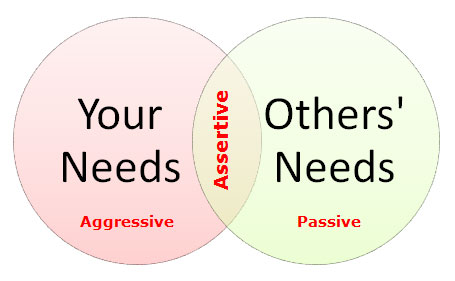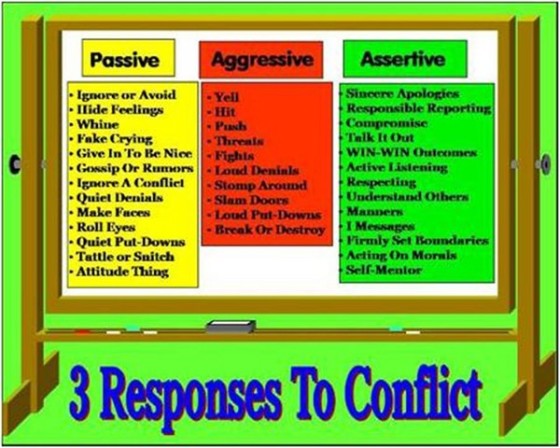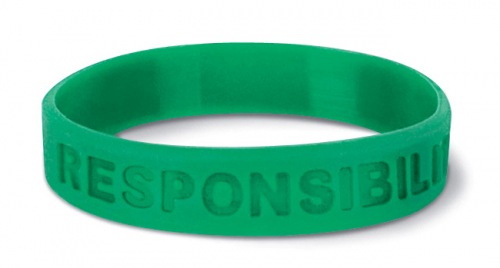Real Men Are Assertive

Several months ago, I was contacted by a fellow stepfather. He’s been a stepfather for seven years to his wife’s five children. He has no other children. He admitted he is a novice at being a father having grew up without one. His mother divorced his dad when he was a year old.
After exchanging emails I was struck with the possibility of how many other stepfathers to include myself grew up with an unclear or a distorted vision of manhood. For the benefit of our wives, stepsons and stepdaughters it’s important for stepfather’s to be able to model authentic manhood for his family.
Our Families Needs
- Wives. Our wives need men who can respectfully express their true feelings and thoughts. They need a men they can trust and respect to lead their family.
- Sons. Our sons need a positive example of authentic manhood they can enthusiastically follow into adulthood and replicate in their own families.
- Daughters. Our daughters need to know the protection, safety and care of their father. They need to know how an authentic man behaves so they can look for it in their future mates.
This post is a continuation of my initial post on authentic manhood. Let’s start with a poem:
Assertiveness
Saying yes when you mean no,
Working overtime to get approval,
Passive.
Taking credit with little listening,
I is the common pronoun spoken,
Aggressive.
Remaining silent when angry,
Unwilling to take risks,
Passive Aggressive.
Saying what you mean
Doing what you say,
Assertiveness…heart through partnership.
~ Joseph Wardy
Our behavior can be classified as one of three types: passive aggressive, assertive and aggressive.
Passive Aggressive
- Pattern of indirectly expressing negative feelings instead of openly addressing them.
- There’s a disconnect between what they say and what they do.
- True feelings are shared through actions not words.
Aggressive
- Comes across as a bully who disregards the needs, feelings and opinions of others.
Assertive
- Expressing yourself effectively and standing up for your point of view.
- Respecting the rights and beliefs of others at the same time.
- Earns respect from others.
- Respecting the rights and beliefs of others at the same time.
- Increases self-confidence and self-esteem.
- Communication
- Direct and respectful
- Best chance of insuring message is delivered
- Expresses willingness to resolve conflict
- Creates win-win situations
- Creates honest relationships
- Can help you control stress, anger and improve coping skills.
- Can help cope with mental health problems such as depression, anorexia, bulimia, social anxiety disorder and schizophrenia
- Some people naturally assertive but can also learn to be more assertive.
Tips to Become More Assertive
- Determine your Style
- Understand your style before you begin making changes.
- Take this free Assertiveness Test.
- Take this free Assertiveness Test.
- Understand your style before you begin making changes.
- Use “I” Statements
- Lets others know what you’re thinking without sounding accusatory. For instance, say, “I disagree,” rather than, “You’re wrong.”
- Just Say No
- If you have a hard time turning down requests, try saying, “No, I can’t do that now.”
- Be direct. If an explanation is needed, keep it short.
- Rehearse What you Want to Say.
- If it’s challenging to say what you want or think, practice typical scenarios you encounter.
- Say what you want to say out loud.
- It may help to write it out first, too, so you can practice from a script.
- Consider role playing with a friend and ask for blunt feedback.
- Use Body Language
- Communication isn’t just verbal.
- Act confident even if you aren’t feeling it.
- Keep an upright posture, but lean forward a bit.
- Make regular eye contact.
- Maintain a neutral or positive facial expression.
- Don’t wring your hands or use dramatic gestures.
- Practice assertive body language in front of a mirror or with a friend or colleague.
- Communication isn’t just verbal.
- Keep Emotions in Check.
- Conflict is hard for most people. Maybe you get angry or frustrated, or maybe you feel like crying.
- These feelings are normal, but they can get in the way of resolving conflict.
- If you feel too emotional going into a situation, wait a bit if possible.
- Then work on remaining calm. Breathe slowly. Keep your voice even and firm.
- These feelings are normal, but they can get in the way of resolving conflict.
- Conflict is hard for most people. Maybe you get angry or frustrated, or maybe you feel like crying.
- Start Small.
- At first, practice your new skills in situations that are low risk.
- Try out your assertiveness on a friend before confronting a difficult situation.
- Evaluate yourself afterward and modify your approach as necessary.
- Try out your assertiveness on a friend before confronting a difficult situation.
- At first, practice your new skills in situations that are low risk.
Being Assertive
Remember, learning to be assertive takes time and practice. If you’ve spent years in passivity, becoming more assertive will take time to achieve. If anger makes you too aggressive, you may need to learn some anger management techniques.
If you’re not making progress toward becoming more assertive despite your best efforts, consider formal assertiveness training. If emotions like anger, stress, anxiety or fear are getting in your way, consider meeting with a therapist to resolve them. It will be worth it. By becoming more assertive, you can begin to express your true feelings and needs more easily. You may even find you get more of what you want as a result.
Future posts will talk about the other behavioral styles and the other elements of authentic manhood. Please rate this post using the Stars and Thumbs below. Thank you.









Great to hear about Assertive Approach and its factors and Learn a way How we changed our habits for the benefit of Our Families .